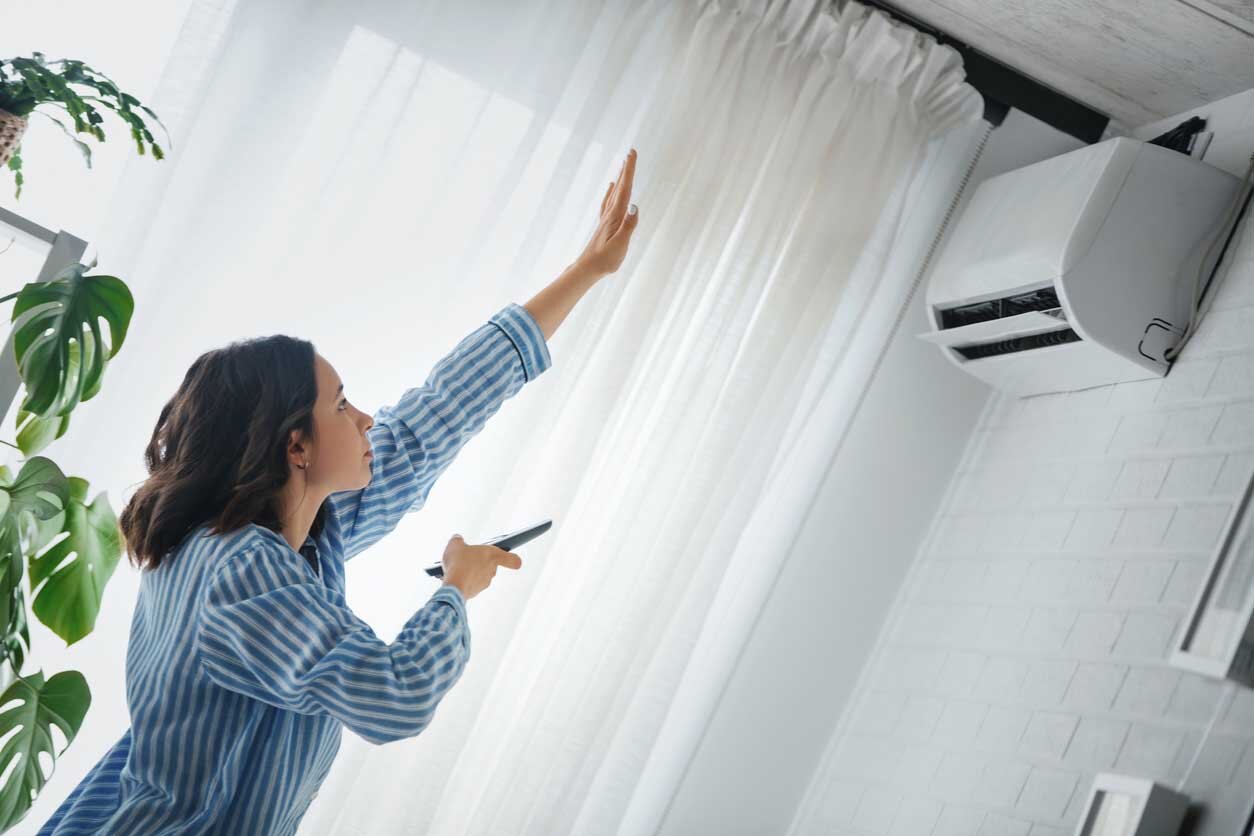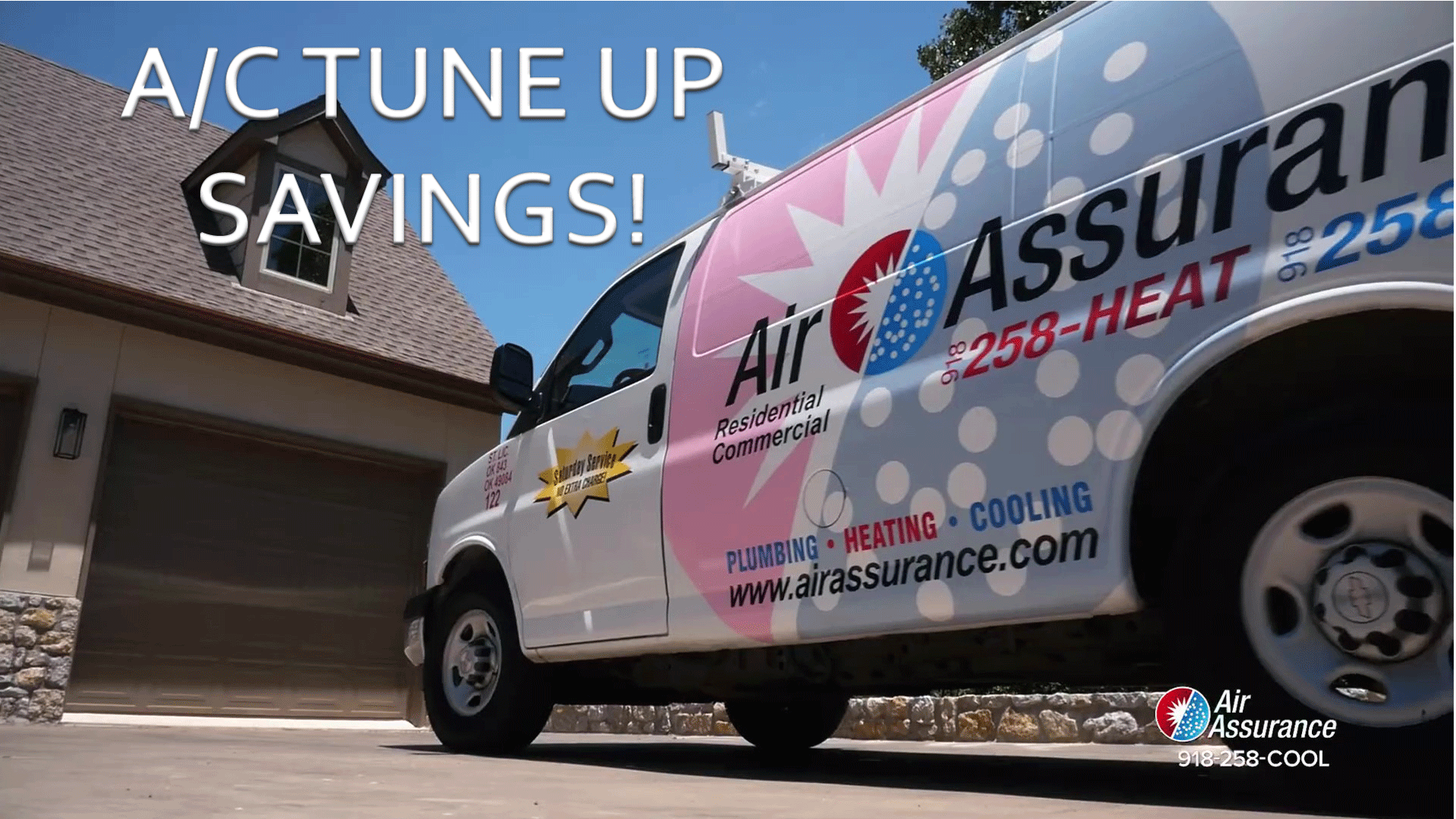Summer is here, which means you can expect to run your AC virtually nonstop. It's necessary to beat the Oklahoma heat, but it also puts a lot of pressure on your system, which can wear it out more quickly, causing frequent breakdowns and shortening its life span. How can you keep that AC strain to a minimum while still keeping your home comfortable? Read on for a few tips.
Keep the sun out. Close the curtains and blinds during the day to keep the hot sun out. Then, at night, consider opening a window or two to let cool air in that will linger into the next day, keeping the heat at bay.
Avoid peak hours. Any hot activities you have to do, such as cooking, baking, and taking hot showers or baths should be saved for evening, once the sun is down. This will keep your home from getting too hot during the day and, thus, reduce AC strain.
Replace filters. As dust and other contaminants build up in your air filter over time, they restrict airflow from your system. The less cold air you have, the longer it takes your home to reach your set temperature and the harder your AC has to work, which causes AC strain. Check the filter every month and replace it every three to six months.
Perform ductwork maintenance. Ductwork leaks also reduce airflow. Look for holes, tears, and other damage to your ducts and repair them with metal tape or mastic sealant — or call your HVAC technician to do it. Also make sure that your ducts are properly insulated. If they're not, the cold air will gain heat as it travels from the system to your home, causing it to take longer to cool your home properly.
Get a smart thermostat. Smart thermostats can be programmed in coordination with your schedule and automatically switch to a more energy-efficient setting when you're not home. Your AC's workload is reduced, and you don't pay to cool an empty house.
For more help reducing the AC strain in your home, contact us at Air Assurance. We keep Broken Arrow's HVAC systems running at peak performance and efficiency.




















